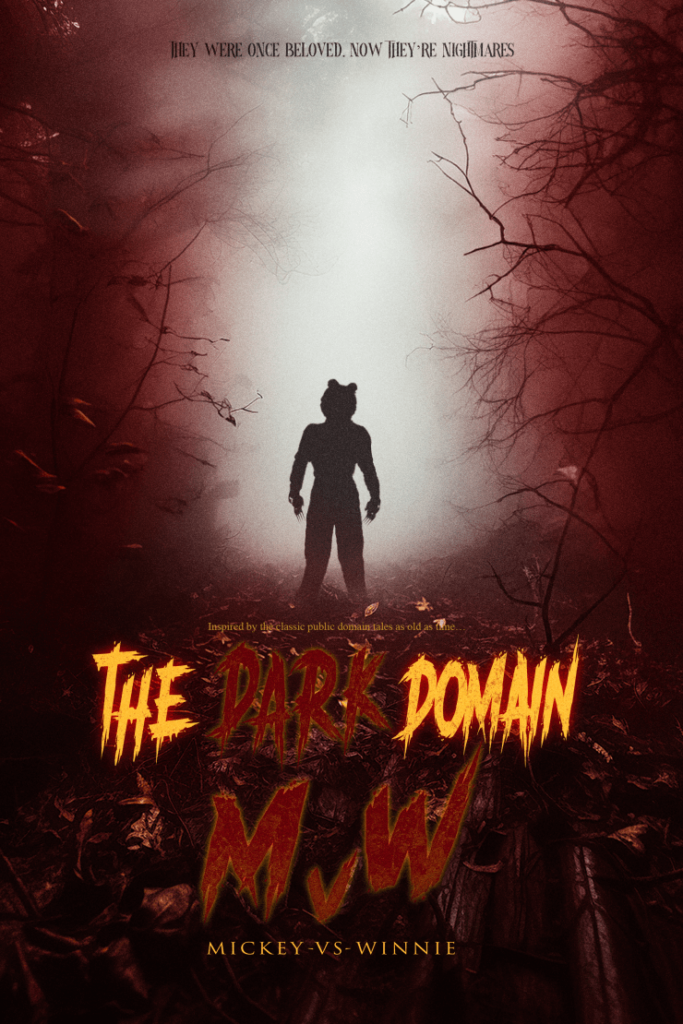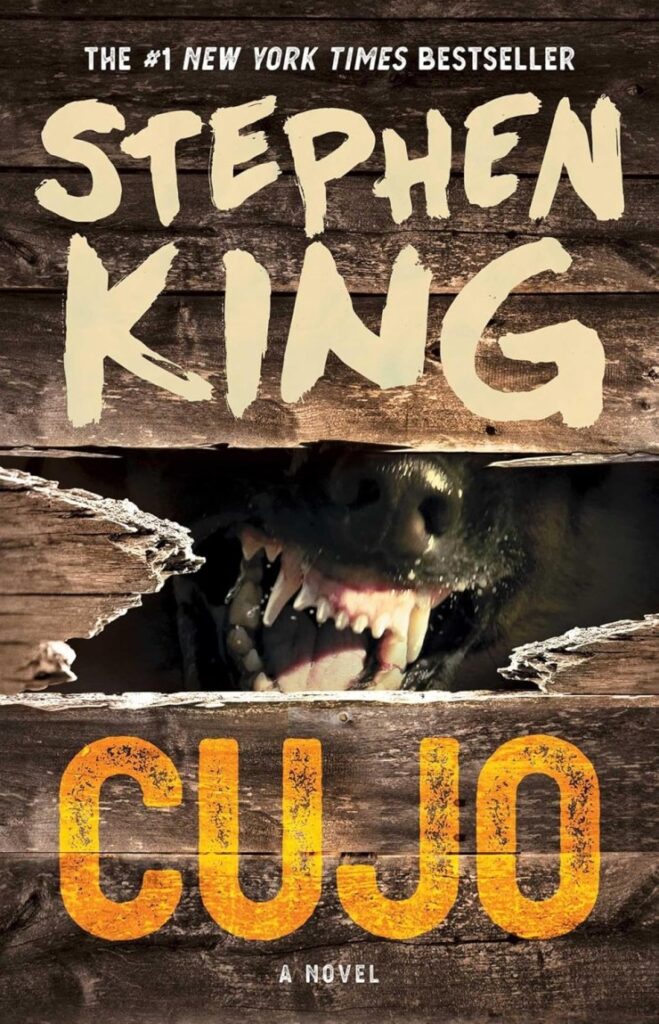The best horror films challenge the way we see the world. We gain new insight into a monster’s motivations or find hidden horrors lurking just out of sight. While some films challenge us to redefine our sense of empathy, others cause us to follow an unexpected protagonist. That’s the case in Ben Leonberg’s Good Boy, a harrowing haunted house story told by an often forgotten character. Todd (Shane Jensen) may be targeted by the ghostly occupants of his family home, but we watch the terror unfold through the eyes of man’s best friend. Indy is a brown and white Retriever determined to protect his beloved human. With heightened senses, this intrepid pet must suss out the nature of the haunting in order to defend his home.
Told from this challenging point of view, Leonberg shot most scenes close to the ground using a custom camera rig designed to mimic Indy’s movements. Human faces are mostly obscured, and explanations unfold above our heads. This unique perspective creates an unusually empathetic film with horror felt rather than understood. While Good Boy may be the first of its kind, a handful of other genre filmmakers have taken similar risks. By eschewing traditional heroes and villains along with standard narrative arcs, we’re able to experience horror in surprising new ways and occasionally learn more about the darkness lurking within our own hearts.
Halloween (1978)

Slasher films have always taken a unique approach to POV. Arguably dating back to Michael Powell’s 1960 film Peeping Tom, many cause the audience to watch future victims from the killer’s vantage point, amplifying the distinction between predator and prey. John Carpenter‘s seminal Halloween begins with a disturbing twist on this familiar technique. The story opens in the first-person point of view as a costume-clad child wanders through a suburban home. His tiny hand pulls a large carving knife from a kitchen drawer before climbing the stairs to his sister’s room. On the second floor landing, he bends to pick up the clown mask that completes his ensemble and pulls it over the camera’s lens. The knife flashes, and we watch as a young woman is viciously stabbed to death while screaming her little brother’s name. It’s only after he’s walked back down the stairs and out the front door that we finally catch a glimpse of the murderer. When his parents pull off the plastic clown mask, we meet young Michael Myers (Will Sandin), a surprised little boy still gripping the blood-streaked knife. It’s as if losing the mask has broken the spell and restored his youthful innocence.
This deceptively simple visual filter kicks off a film that will seamlessly merge the excitement and nostalgia of All Hallows’ Eve with themes of callous violence and gore. Watching Michael stalk through his house, we’re pulled back to our own memories of Halloween fun, only heightening the shock of this savage kill. The mask’s eye holes severely limit the frame, creating a disturbing sense of intimacy while hiding most of the gruesome details. We’re left to imagine the brutal demise of young Judith (Sandy Johnson) and remember her harrowing final moments as an older Michael (Tony Moran) stalks another group of vulnerable young women.
Maniac (2012)

Two years later, another director would reverse the established slasher formula. William Lustig’s Maniac eschews following a singular final girl, instead forcing us to identify with her unstable attacker. Rather than disappearing into the shadows, we follow Frank Zito (Joe Spinell) back to his tiny apartment and watch him decorate mannequins with the scalps of his prey. This grimy film demystifies the killer while confronting us with his dangerous, yet strangely pathetic instability. Franck Khalfoun’s 2012 remake amplifies this disturbing relatability by shooting the entire film in first person POV. Building off of Carpenter’s 1978 trick, we see the story through the murderous eyes of Frank (Elijah Wood), a shy but dangerous young man still reeling from childhood abuse.
We watch as a series of young women suffer, scream, and ultimately die at the hands that feel strangely like our own. Wood appears for just a few short moments when looking in the mirror or reflected back in diegetic surfaces. We’re bombarded with an acute feeling of depravity as the charming actor’s unusually empathetic and dark performance forces us to align with Frank. Intense focus on his relatable victims—who appear to interact directly with the viewer—heightens our own sense of vulnerability, making us question how safe we really are. After all, anyone could be watching as we navigate our daily lives, and the cute boy we meet on the dating app could be a monster in disguise.
Henry: Portrait of a Serial Killer (1986)

Henry: Portrait of a Serial Killer is one of those movies that’s almost too bleak to watch. Inspired by the crimes of Henry Lee Lucas and Ottis Toole, John McNaughton’s harrowing film follows Henry (Michael Rooker), a psychopathic madman who moves through Chicago like a bloodthirsty shark. His jailhouse friend and roommate, Otis (Tom Towles), tags along, slowly learning the tricks of the trade and developing his own taste for sadism. As in both versions of Maniac, we’re trapped with these monstrous men for the story’s entirety and reluctantly acclimate to their gruesome world. But one sequence shocks more than any other with a disturbing perspective bait and switch.
After stealing a high-end camcorder from their latest victim, Henry and Otis break into a suburban home, then torture and kill a family of three. Otis mugs for the camera while assaulting the mother’s fresh corpse until Henry warns him to knock it off. We assume we’re accompanying the ruthless men in this merciless murder until McNaughton slowly pulls back the shot. We’re surprised to find a passive Henry and Otis watching the attack on videotape while sitting together on their living room couch. As reality crashes in, we realize that this crime happened some time ago, and the killers have made it safely back home. What’s more, the brutal deaths of this innocent family have become a sick form of entertainment. We’ve been fooled into watching a cinematic snuff film alongside its sadistic creators.
Deadstream (2022)

On the lighter side of the genre spectrum, Deadstream is no less terrifying. Joseph and Vanessa Winter’s experimental horror comedy blends the found footage format with updated live stream technology and online culture. Shawn (Joseph Winter) is a disgraced content creator determined to rebuild his reputation with an over-the-top livestream event. In order to challenge his fear of ghosts, he will spend the night in the cheekily-named Death Manor, an abandoned house purportedly haunted by the ghost of poet Mildred Pratt (Melanie Stone). Watching through several camera feeds—including a GoPro attached to his head—we watch Shawn venture further into the house, egged on by his vocal followers.
This high-tech approach lends verisimilitude to what we see play out onscreen. An omnipresent chat function heightens the stakes, and we watch Shawn continue to put himself in danger to appease those watching safely from home. Some try to alert the oblivious host about dangers appearing on alternate feeds, while others contribute helpful information like the true meaning of occult symbols seen in the house or the translation of Mildred’s ominous poems. But these tidbits usually arrive too late, compounding our sense of helplessness. We long for the ability to warn our doomed host, but must sit back and watch his inevitable fate.
In a Violent Nature (2024)

In the decades since Halloween sparked a slasher revolution, the well-trodden formula has seen its share of imitators, but few have the ferocious bite of Chris Nash’s In a Violent Nature. Troy (Liam Leone) is camping with his friends when he spies a locket dangling inside an overrun and abandoned fire tower. Taking the charm for his girlfriend Kris (Andrea Pavlovic), he inadvertently resurrects Johnny (Ry Barrett), an undead killer said to roam the surrounding forest brutally murdering anyone in his path. Always looking over his grimy shoulder, we watch Johnny crawl out of the dirt and embark on a bloody tour of revenge beginning with his own childhood home. He eventually finds the group of teens and lays waste to them in horrific fashion.
Nash evokes first-person shooter games as we plod with Johnny through the picturesque landscape. This vantage point also gives us a peek behind the slasher scenes as we watch him perform actions usually left in the shadows. We’re confronted with a wall of weapons and watch Johnny make a calculated choice. One grotesque scene shows the masked assailant artfully disposing of a long-held rival by meticulously severing each of his limbs with an excruciatingly slow-moving log splitter. Nash throws us a curveball when Kris returns the powerful locket, hoping to distance herself from the bloodbath. This seems to break the cinematic spell, and we shift to following the frightened girl out of the forest. It’s only then that we realize that our own path has been tied to the shiny talisman. We have not simply been following a relentless killer, but tracking the source of his eternal pain.
There’s no right way to tell a story and no official protagonist. Each time we allow ourselves to see the world through new, albeit challenging perspectives, we expand our understanding of reality and improve how we relate to neighbors and friends. In addition to the aforementioned films, Good Boy causes us to consider the feelings of those who so often disappear into shadows. Indy becomes the perfect vessel to experience a truly unnerving story while redefining our concept of fear and what it means to fight for survival.
Good Boy releases in theaters this Friday, October 3rd. Grab tickets now.

The post Terror Told Through Different Eyes: ‘Good Boy’ and Shifting Perspectives in Horror Films appeared first on Bloody Disgusting!.


